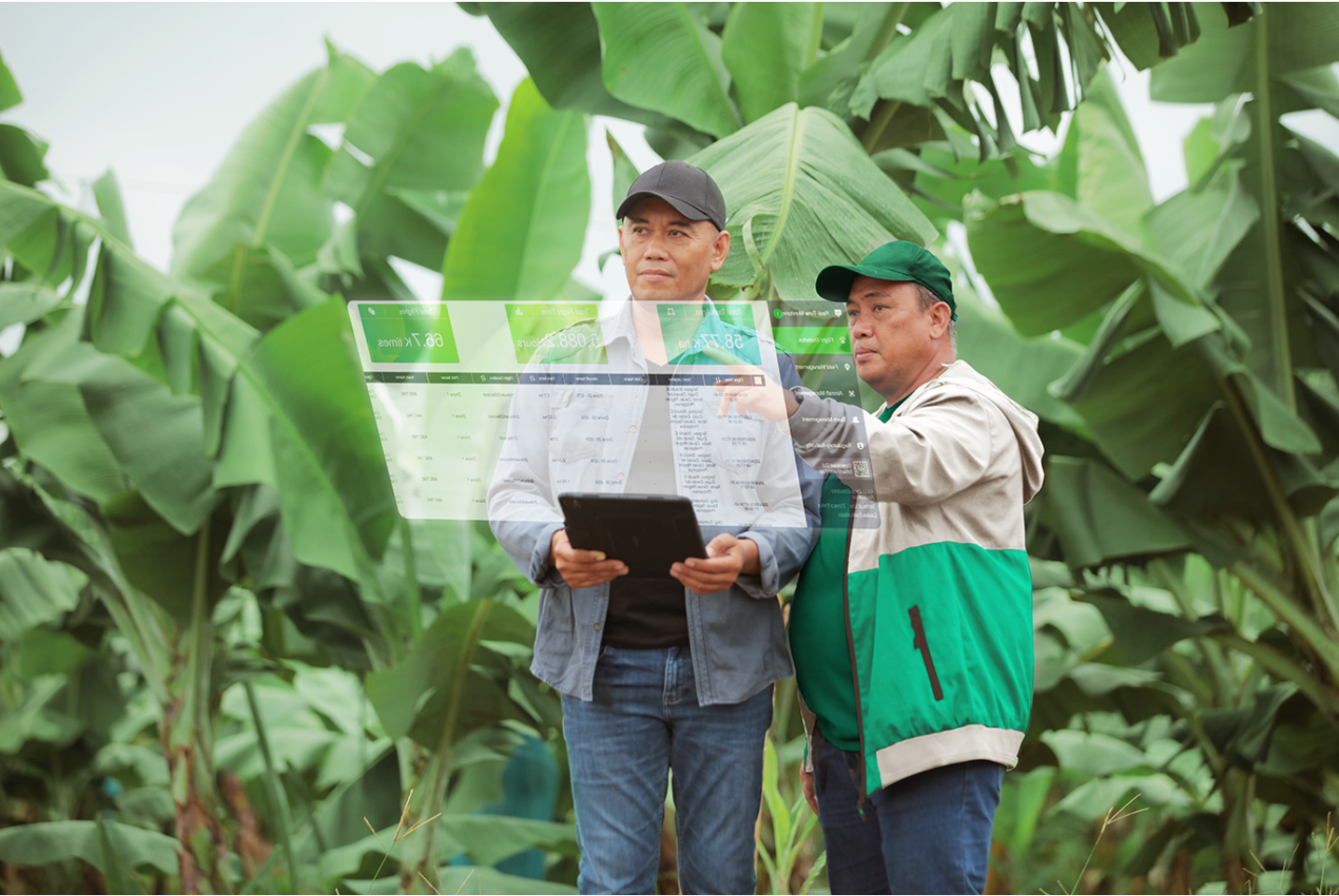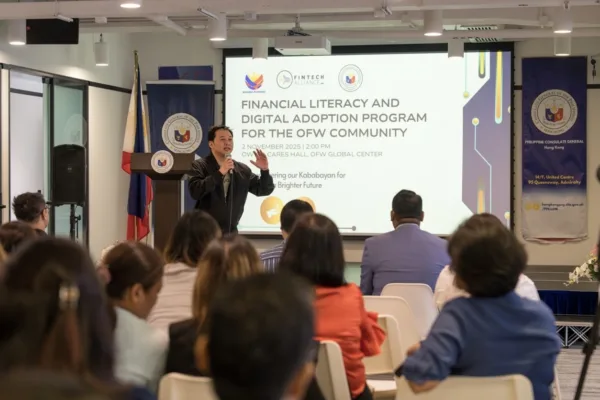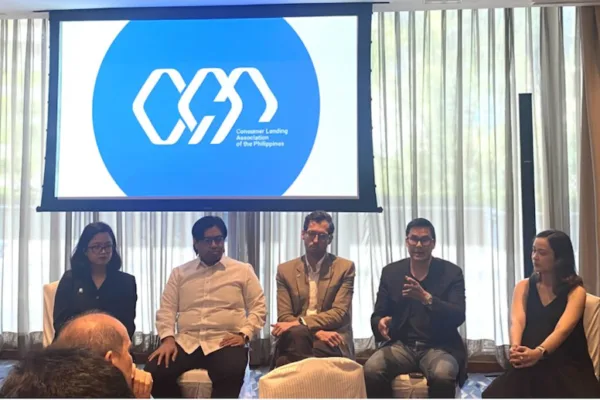by Alexis Tuble, Correspondent
As Philippine agriculture faces mounting challenges — from labor shortages and climate change to declining productivity — technology is emerging as a powerful ally. Drones, in particular, are revolutionizing the way Filipinos farm, offering precision, efficiency, and data-driven insights once unimaginable in traditional agriculture.
During a fireside chat at the just-concluded AgriLink event dubbed, “Policy, Practice, and Partnerships: Making Drone Tech Mainstream in Philippine Agriculture,” government regulators, industry experts, and private innovators agreed to work hand in hand in ensuring that drone technology drives sustainable and inclusive growth across the sector.
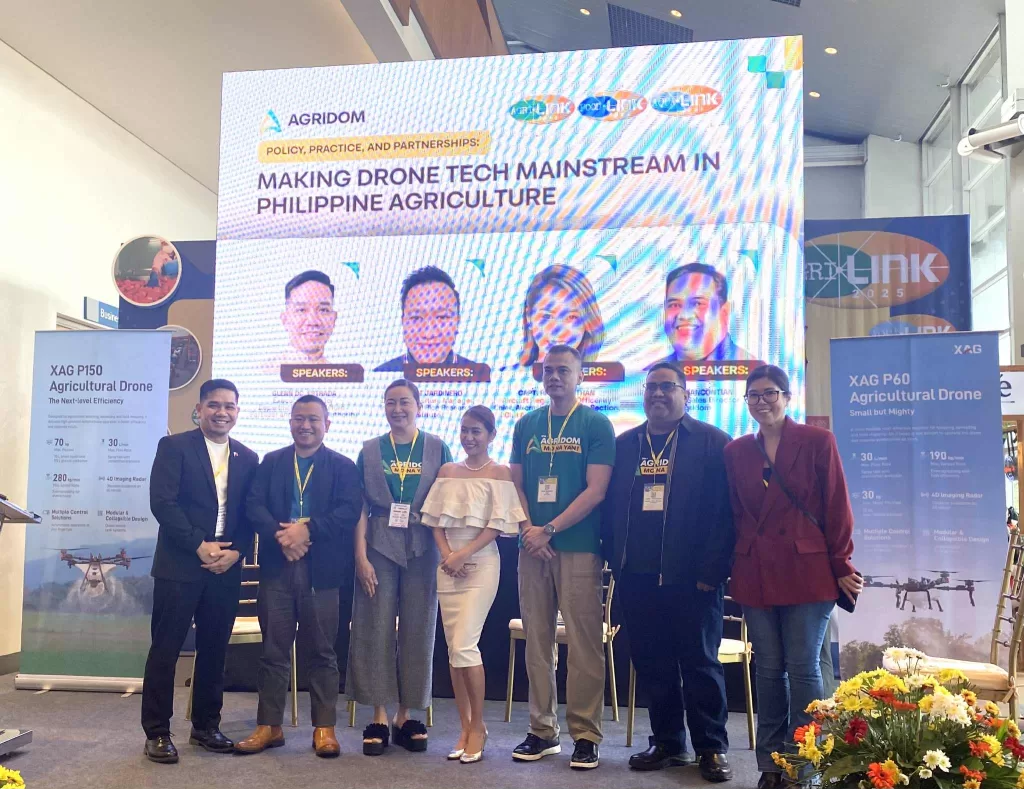
Public-private partnerships driving modernization, sustainability in farming
As the Philippine agriculture sector confronts labor shortages, climate change, and declining productivity, technology — especially drone innovation — is reshaping the way Filipinos farm. Industry experts from government, regulatory agencies, and the private sector recently highlighted how drones and digital tools are transforming agriculture into a more efficient, data-driven, and inclusive industry.
Regulating drones innovation: Building safe and inclusive systems
The Fertilizer and Pesticide Authority (FPA) continues to modernize agricultural practices through Memorandum Circular #25, which allows the responsible off-label use of drones by certified service providers. “We are promoting awareness and ensuring the safe and judicious use of fertilizers and pesticides through technology,” stated Glenn Estrada, Executive Director of the Department of Agriculture – Fertilizer and Pesticide Authority (DA-FPA).
The Civil Aviation Authority of the Philippines (CAAP) supports these efforts, emphasizing the need for harmonized policies to promote innovation without compromising safety. “People often see drones as threats to privacy or security,” said Captain Rhoda Bathan of the Civil Aviation Authority of the Philippines (CAAP). “But with proper education and coordination among agencies, we can show that drone technology offers enormous opportunities — not just in entertainment or surveillance, but especially in agriculture.”
The CAAP continues to collaborate with the Department of Agriculture (DA) and other government bodies to refine drone regulations, addressing overlapping mandates and keeping pace with rapid technological advancements. “Technology evolves fast — new drone models are released every six months. Regulators need to adapt just as quickly,” Capt. Rhoda added.
Cost, awareness, and access: Key barriers to adoption
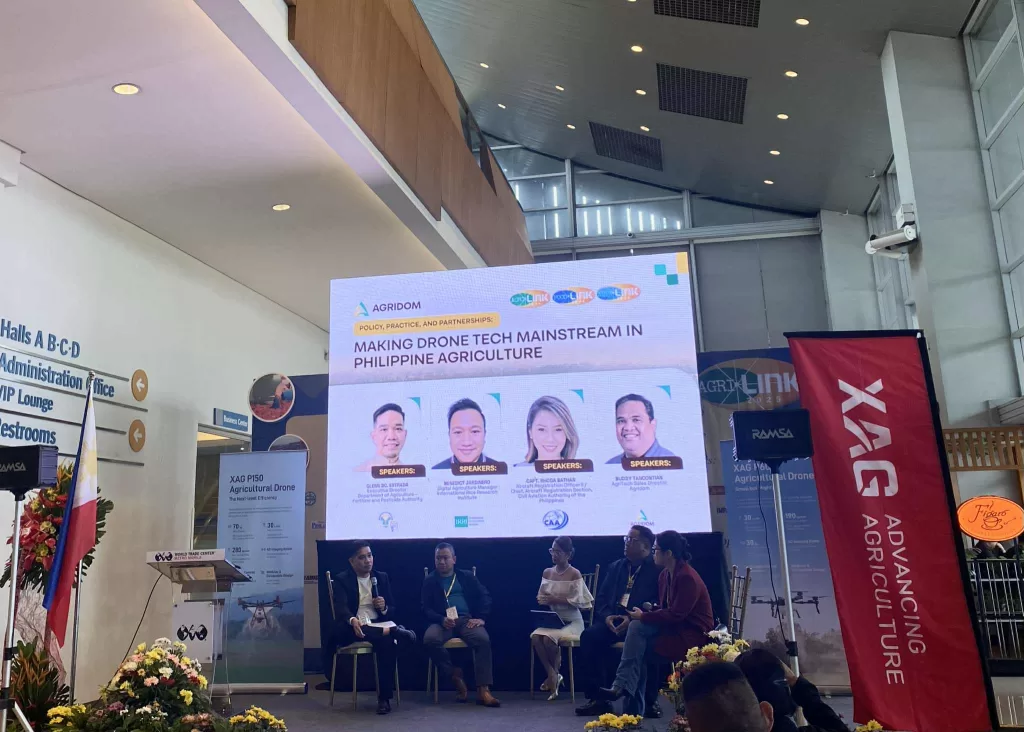
While drone services can significantly cut labor costs and reduce fertilizer use, many smallholder farmers still see them as costly and inaccessible. “It’s not only about owning drones,” one private sector representative explained. “It’s about realizing how they can improve yields, save time, and optimize resources.”
Pilot programs in provinces such as Isabela, Bukidnon, and Negros Occidental have produced encouraging results. Farmers who used drones for seeding and spraying reported harvests of up to 10 tons per hectare, well above traditional averages. These successes are inspiring more farmers to explore drone-assisted operations. “Once farmers experience the results firsthand, they start believing in the technology,” the representative added.
Despite these gains, challenges remain. Many farmers lack awareness of drone capabilities or the technical skills to operate them. Service providers and cooperatives are now stepping in to bridge this gap by offering drone-as-a-service programs, where trained operators perform precision spraying or seeding for a fee.
This model allows farmers to benefit from technology without having to purchase equipment outright.
Inclusivity and education in agriculture: Empowering small farmers
Modernization, experts say, must include smallholders, who make up the majority of Filipino farmers. Technology should empower — not replace — the people working in the fields. “Drone technology forces us to rethink farming,” Estrada explained. “But beyond the hardware, it is about changing how farmers think — from working individually to operating as part of a collective, data-driven community.”
He stressed the importance of education and collaboration. Clustered or group-based approaches, where smallholders share drone access, training, and data, can make modernization more equitable. “Inclusivity requires both organization and education,” he noted. “Through digital clustering, small farmers can become active participants in a connected agricultural network.”
Digital transformation: Data and AI lead the way
Looking ahead, stakeholders envision a data-driven agricultural ecosystem powered by artificial intelligence (AI) and blockchain. Drones collect vast amounts of information — from flight logs to fertilizer distribution and crop health — which can guide farmers in making informed decisions. These datasets can also strengthen transparency and traceability within the food supply chain.
The Department of Agriculture, in partnership with research institutions and private companies, is developing a ten-year roadmap to fully integrate drones and digital technologies into national farming programs. The goal is to boost food security, ensure sustainability, and make Philippine agricultural products more competitive in global markets.
A shared vision for the future
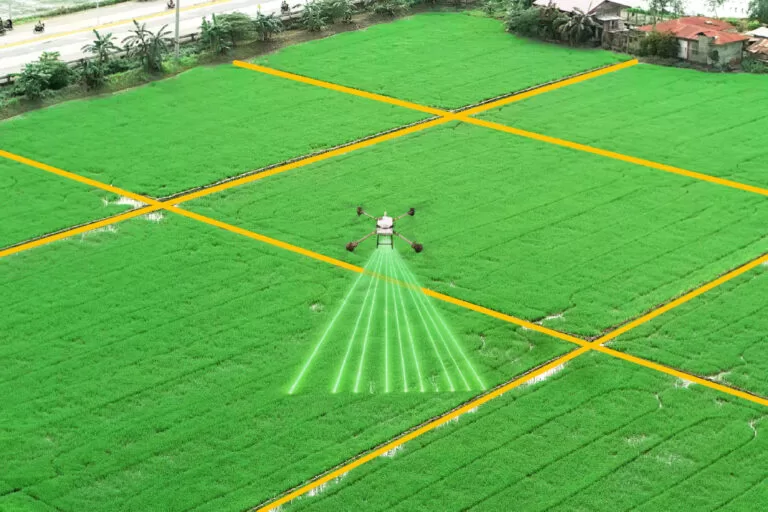
IMAGE CREDIT: AgriDOM Solutions Corp. / website
Across all sectors, one message resonates: technology is no longer optional — it is essential to the future of farming. But progress will depend on strong collaboration among regulators, innovators, researchers, and farmers themselves.
“In five to ten years, we envision Filipino farmers sitting in their fields while drones handle planting, fertilizing, and even monitoring crop growth,” said Captain Rhoda. “That’s the future we’re working toward — one that is safe, sustainable, and inclusive.”
As the Philippines embraces digital transformation in agriculture, drone technology stands as both a symbol and a solution — a bridge between tradition and innovation, and between farmers and the data-driven future of food production.




